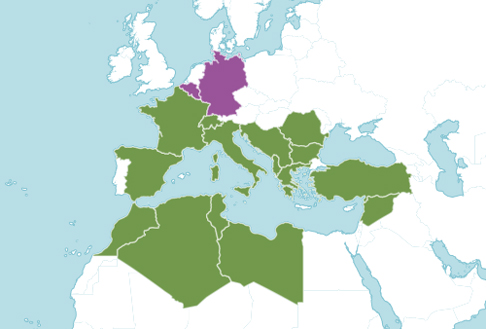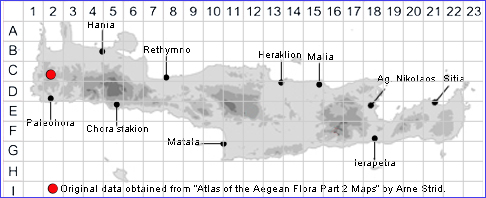
SPECIES DESCRIPTION
SEDUM CEPAEA
Family and Genus:- See- CRASSULACEAE
Common Names:- None
Homotypic Synonyms:- Anacampseros cepaea, Cepaea caesalpini.
Meaning:- Sedum (L) A name used by the Roman naturalist and philosopher
Pliny, reference to the plants habit of ''sitting'' on rocks etc.
Cepaea (Gr) Grown in gardens.
General description:- Annual or biennial, perhaps sometimes perennial
Stem:-
1) 15-40 cm, weak, erect or ascending, pubescent.
Leaves:-
1) Mostly opposite or whorled, obovate or oblanceolate-spathulate, flat, glabrous,
the lower ones petiolate.
Flowers:-
1) 5 petalled, pedicellate, in a long, diffuse panicle.
2) Petals, 5 mm, obovate-ovate, aristate, pale pink or white with a red, mid-vein
pubescent.
Fruit:-
1) Follicles, erect, longitudinally grooved, whitish.
Key features:-
1) Leaves, entire, mostly opposite or whorled.
Habitat:- Slightly damp and shady, rocky habitats in gorges, open dry shrubby
vegetation, open woodland, stone walls between terraced olive groves, etc., mostly
on limestone. 0-1300 (-1700) m.
Distribution:- Throughout Greece, but rare in the S Aegean area. - S Europe, W
Anatolia, cyrenaica. Very rare on Crete known only from a few locations in west
Crete.
Flowering time:- May-July.
Photos by:- Fotis Samaritakis

Native to:
Albania, Algeria, Bulgaria, Corse, East Aegean Is., France, Greece, Italy, Lebanon-Syria, Libya, Morocco, Romania, Sardegna, Sicilia, Spain, Switzerland, Tunisia, Turkey, Yugoslavia
Introduced into:
Belgium, Germany
Albania, Algeria, Bulgaria, Corse, East Aegean Is., France, Greece, Italy, Lebanon-Syria, Libya, Morocco, Romania, Sardegna, Sicilia, Spain, Switzerland, Tunisia, Turkey, Yugoslavia
Introduced into:
Belgium, Germany
GLOBAL DISTRIBUTION